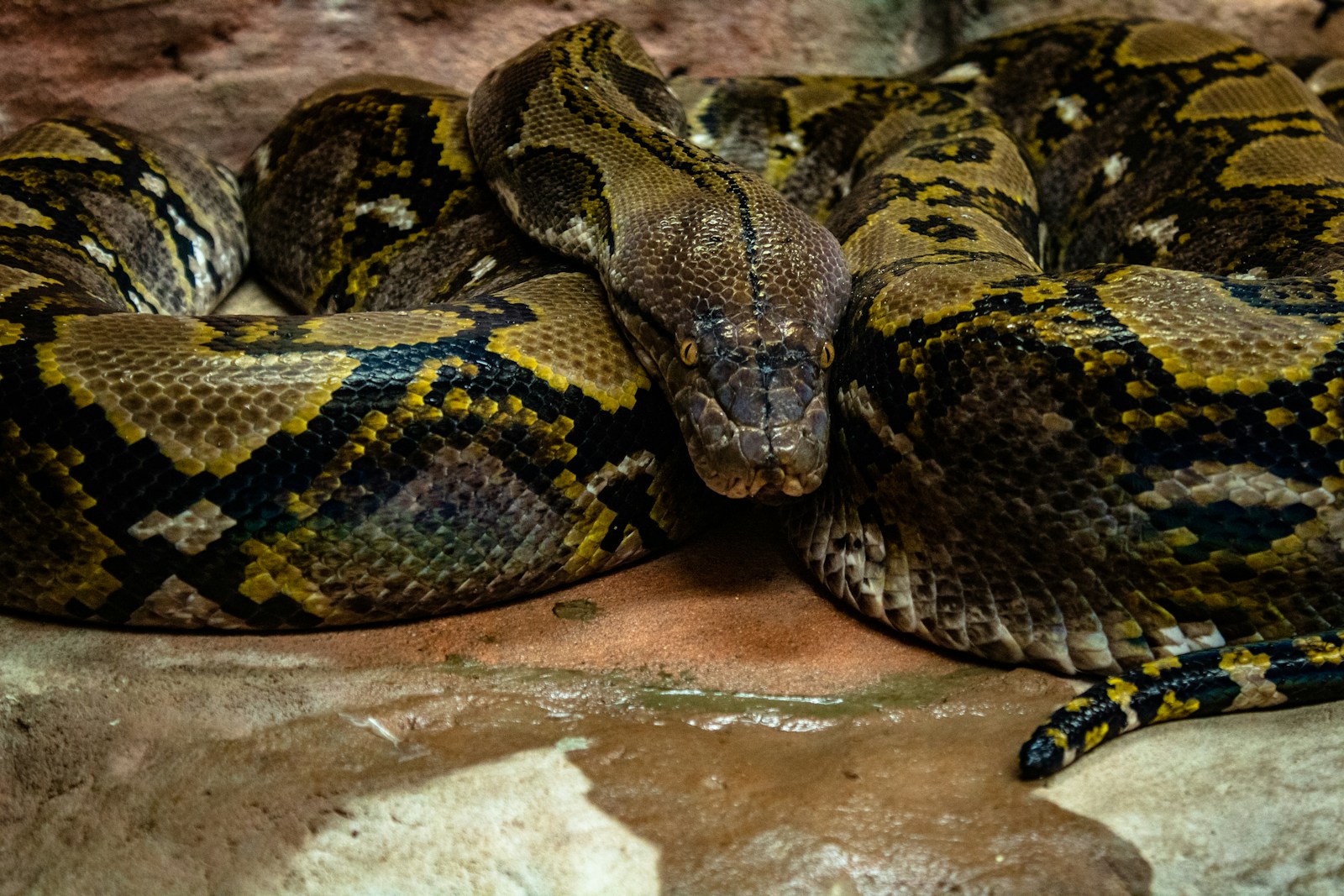When a snake consumes prey that may be several times larger than its own head, it initiates one of nature’s most remarkable digestive processes. Unlike mammals who typically consume smaller, more frequent meals, many snake species have evolved to survive on infrequent but massive feedings. This feeding strategy triggers a cascade of extraordinary physiological changes that transform nearly every system in the snake’s body. From dramatic organ growth to metabolic surges and immune system adjustments, the post-meal period represents one of the most extreme examples of physiological remodeling in the vertebrate world. Let’s explore the fascinating internal journey that unfolds when a snake swallows a meal that seems impossibly large for its slender frame.
The Remarkable Expanding Jaw
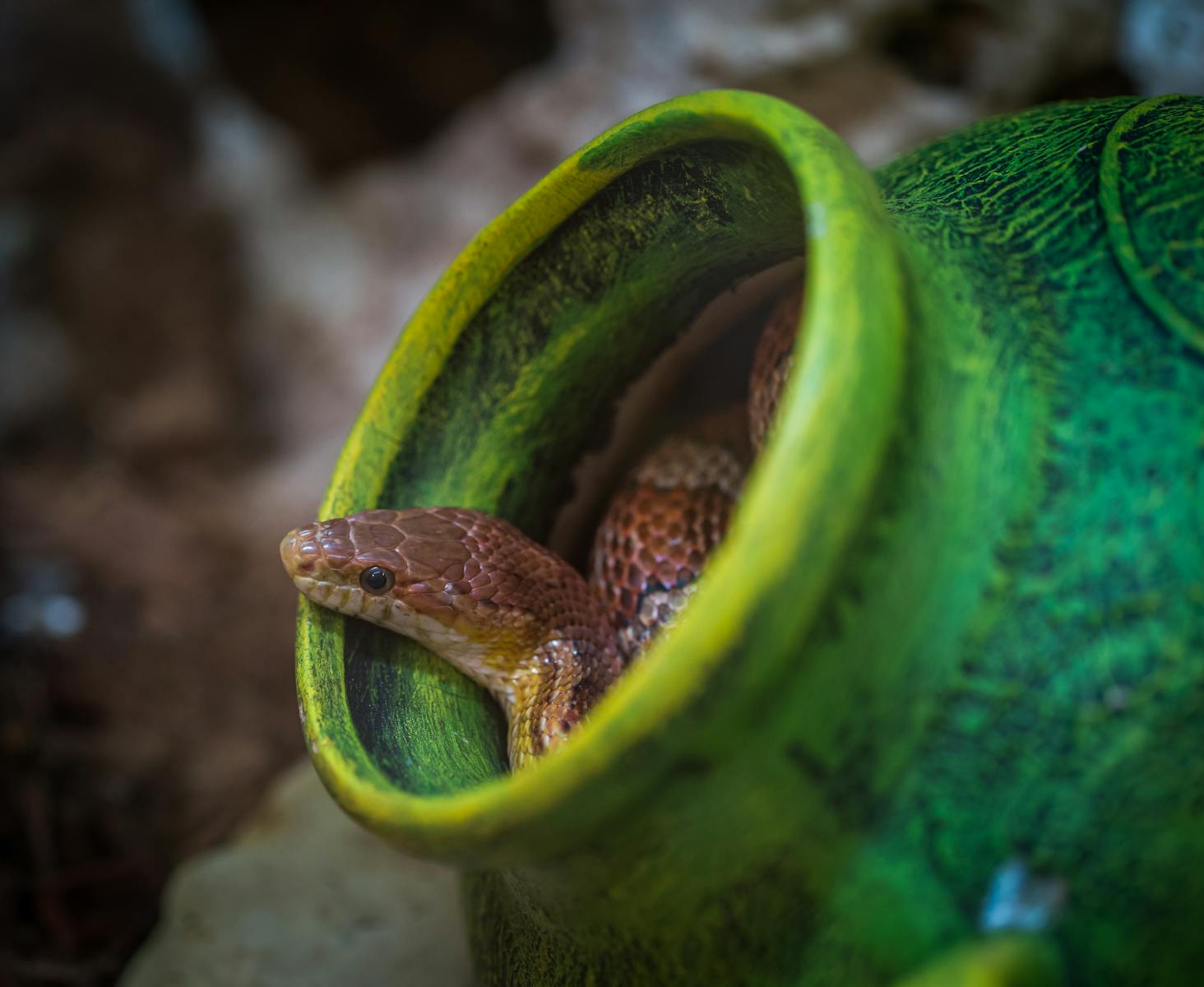
A snake’s feeding process begins with its incredible ability to unhinge its jaw to accommodate prey many times larger than its head diameter. Contrary to popular belief, snakes don’t actually “dislocate” their jaws. Instead, they possess highly specialized skull anatomy featuring extremely mobile jaw bones connected by elastic ligaments rather than rigid joints. The mandible (lower jaw) consists of two independent halves connected by stretchy ligaments, allowing them to separate widely. Additionally, the quadrate bones connecting the upper and lower jaws can rotate outward, dramatically increasing gape size. This extraordinary flexibility enables species like pythons and boas to consume prey that can exceed 100% of their own body weight in a single feeding—a feat that would be impossible with conventional jaw structures.
The Initial Swallowing Challenge

Once a snake secures its prey, the actual consumption process represents a significant mechanical challenge requiring precise muscular coordination. Unlike humans who chew food, snakes must move their jaws in an alternating “walking” motion, gradually pulling the prey into their throat. This process relies on backward-facing teeth that grip the prey like hooks while powerful neck muscles create waves of contraction to help draw the meal deeper. For large prey items, this swallowing process can take hours and requires enormous energy expenditure. During this vulnerable period, snakes are particularly defenseless against predators, as they cannot flee or defend themselves effectively while their mouth is occupied with swallowing. Some species have been documented taking over 24 hours to fully ingest exceptionally large meals.
The Immediate Respiratory Adaptations
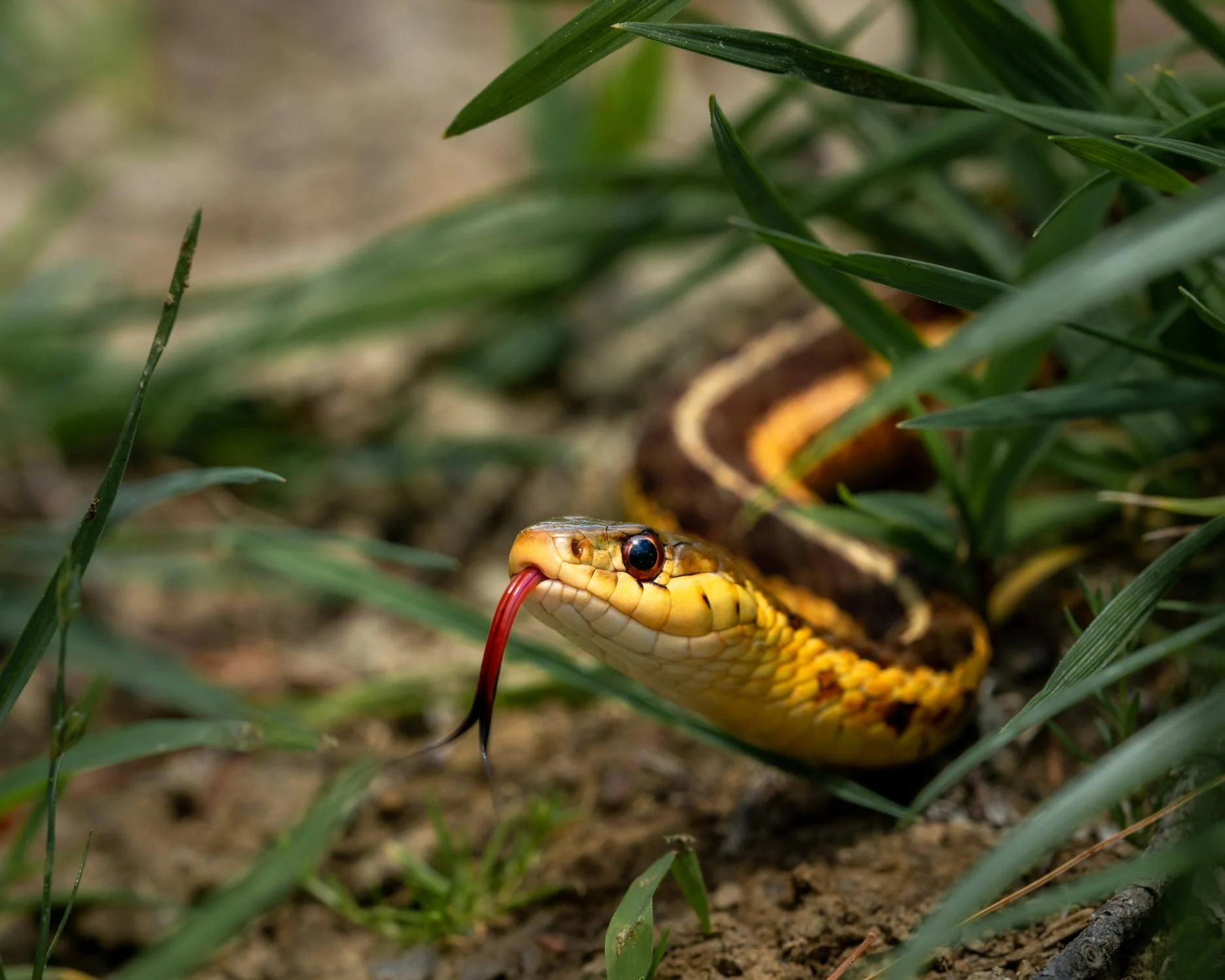
A massive meal creates immediate breathing challenges for a snake, as the bulging prey can compress the lungs and impede normal respiration. To counteract this, snakes have evolved specialized respiratory adaptations. Unlike mammals, snakes possess a single, elongated lung (or in some species, one primary and one vestigial lung) that extends through much of their body cavity. A unique adaptation is the tracheal lung—an extension of the windpipe that can perform gas exchange, allowing breathing even when the main lung is compressed. Additionally, snakes can alter their rib positioning to maximize available lung space around the prey item. These respiratory modifications enable the snake to continue breathing effectively despite having what appears to be a physically impossible bulge distorting its slender body.
The Digestive Organ Revolution
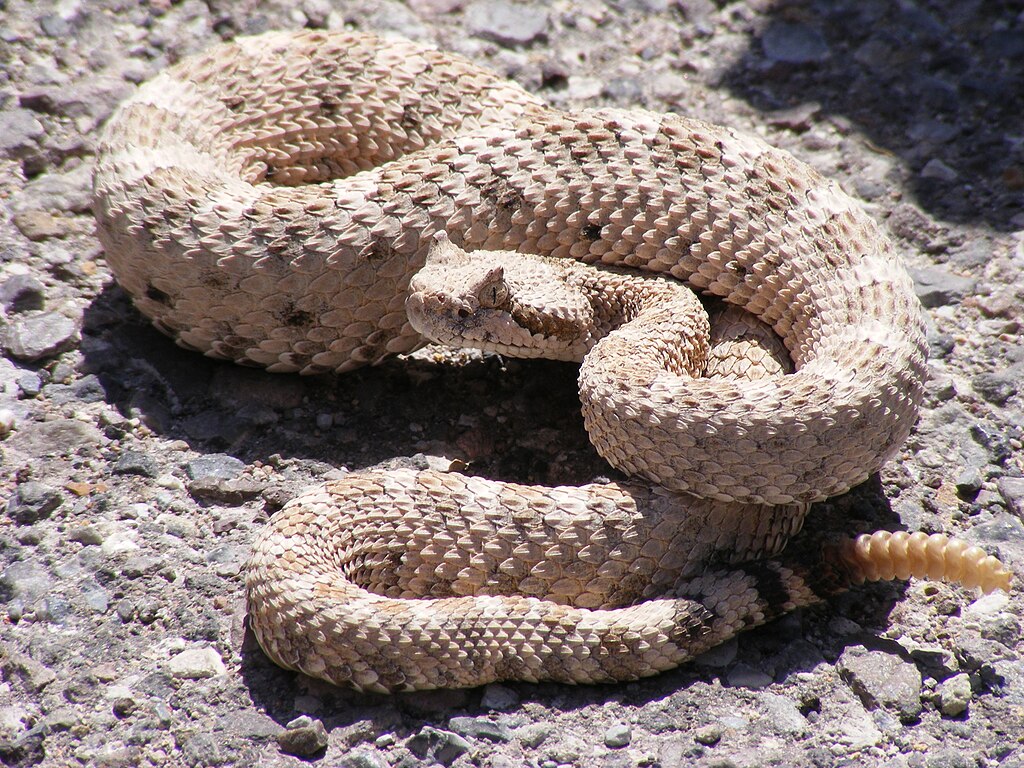
Perhaps the most dramatic post-meal change occurs in the snake’s digestive organs, which undergo rapid and substantial remodeling within hours of feeding. Research on Burmese pythons has revealed that their intestines can increase in mass by up to 100% within 48 hours after a meal. The liver may double in size while the pancreas can grow by 50%, creating a metabolically expensive but necessary transformation to handle the digestive demands. The stomach rapidly increases acid production, with pH levels dropping from nearly neutral (7) to highly acidic (1-2). Intestinal microvilli (tiny projections that increase nutrient absorption surface area) elongate significantly, sometimes doubling in length. This remarkable organ plasticity represents one of the most extreme examples of rapid tissue growth in the vertebrate world and allows the snake to efficiently process large, infrequent meals.
The Metabolic Inferno

Following a large meal, a snake’s metabolic rate skyrockets in what scientists call specific dynamic action (SDA) or the “heat of digestion.” In some species like the Burmese python, metabolic rates can increase by an astonishing 1,000% above resting levels—similar to sustained high-intensity exercise in human terms, but maintained for days rather than minutes. This metabolic surge generates considerable heat, causing the snake’s body temperature to rise by several degrees, creating a self-induced fever state that enhances digestive efficiency. Oxygen consumption increases dramatically to fuel this internal furnace, and heart rate may triple to deliver oxygen to working tissues. This extreme metabolic response makes digestive periods energetically expensive but allows for the complete breakdown of large prey items, bones and all.
The Cardiovascular Transformation

A snake’s cardiovascular system undergoes remarkable changes to support the massive increase in metabolic demands during digestion. Blood flow to the digestive organs increases dramatically, with up to 10 times more blood diverted to the stomach and intestines compared to fasting conditions. The heart itself physically remodels, growing larger by up to 40% in some species to handle increased circulatory demands. Cardiac output can triple as both heart rate and stroke volume increase substantially. Blood plasma composition changes too, with altered electrolyte balances and increased nutrient transporters to facilitate absorption. These cardiovascular adaptations ensure that the intensive digestive process receives adequate oxygen and that newly absorbed nutrients can be efficiently transported throughout the body.
The Acid Bath Breakdown
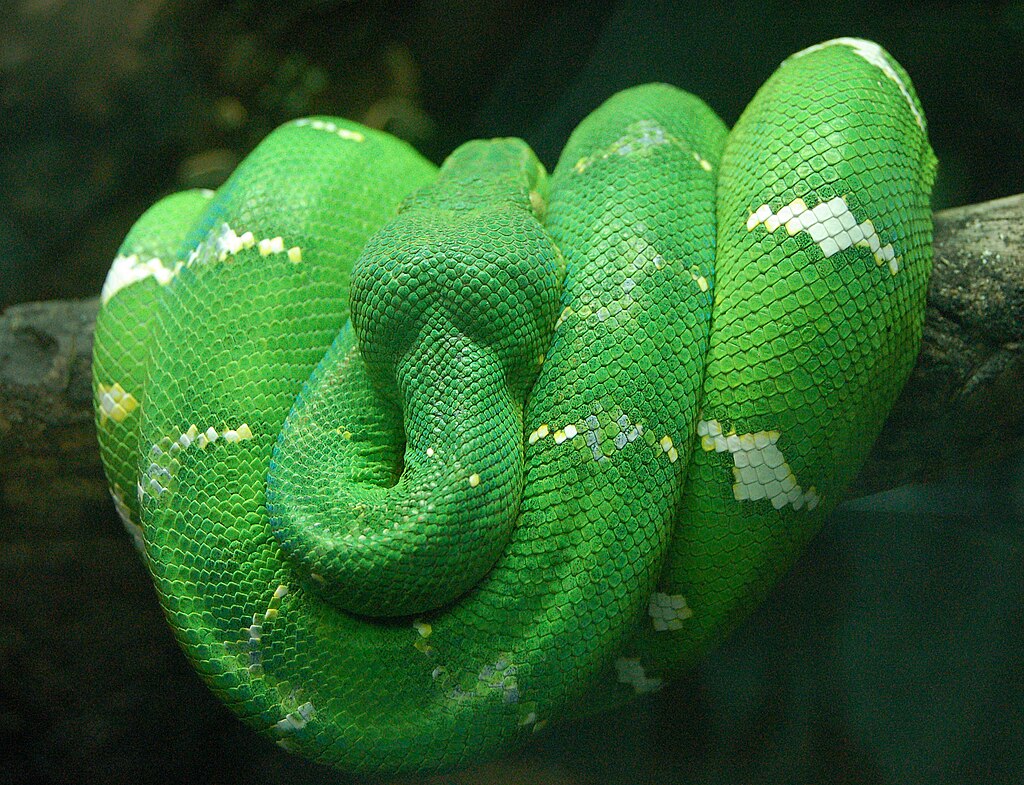
Once a meal reaches the stomach, it encounters one of the most aggressive chemical environments in nature. Snake gastric secretions can reach pH levels below 1.5, creating an extremely acidic environment that begins breaking down even tough tissues like skin, fur, and small bones. Specialized chief cells produce powerful proteolytic enzymes like pepsin that dismantle proteins into smaller peptides. The stomach muscles contract in rhythmic waves, churning the meal and ensuring maximum exposure to these caustic digestive juices. Unlike mammals that process food relatively quickly, a snake’s meal may remain in this acidic environment for several days, allowing for thorough breakdown before proceeding to the small intestine. For particularly large meals, the snake’s stomach can stretch to several times its normal size without rupturing, accommodating prey that may weigh 100% or more of the snake’s own body weight.
The Intestinal Processing Factory
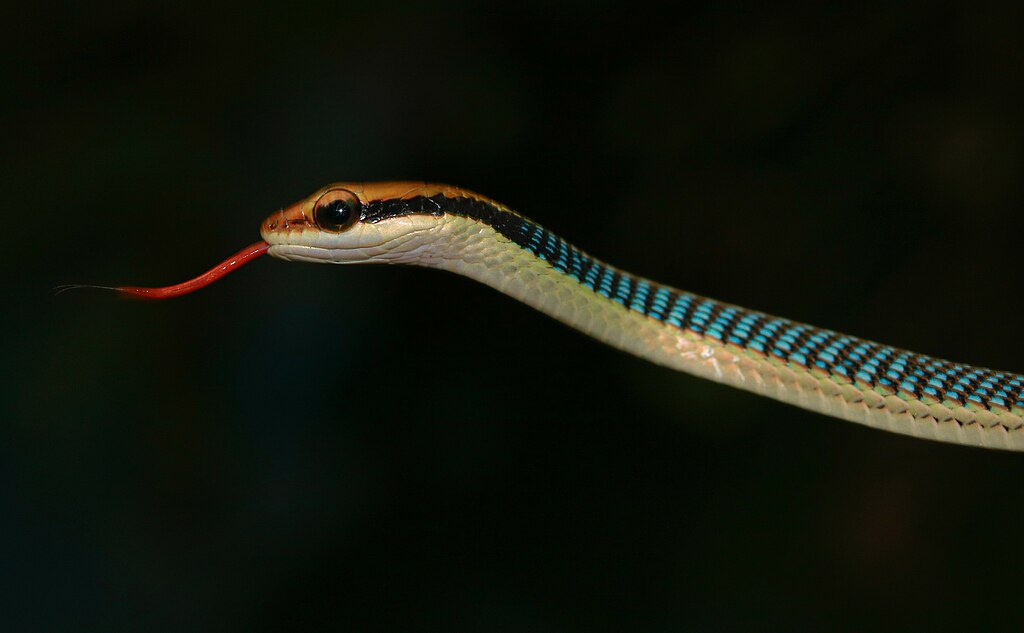
As partially digested food moves from the stomach to the small intestine, it encounters an array of specialized enzymes that continue the breakdown process. The snake’s pancreas and liver dramatically upregulate production of digestive enzymes, with pancreatic enzyme production increasing up to 20-fold compared to fasting levels. The intestinal brush border undergoes remarkable remodeling, with microvilli lengthening substantially to increase absorption surface area. Nutrient transporters in the intestinal lining multiply rapidly, enhancing the snake’s ability to absorb fatty acids, amino acids, and other vital nutrients. This intense absorption capacity allows snakes to utilize nearly 100% of the available nutrients from their prey, wasting almost nothing. For species like pythons, the entire digestive process can take from several days to two weeks, depending on meal size and environmental temperature.
The Waste Management System

Snakes possess a remarkably efficient digestive system that leaves very little waste after processing a meal. Unlike mammalian predators that typically excrete significant undigested material, snakes can digest and absorb nearly all soft tissues from their prey. The remaining indigestible components—primarily fur, feathers, teeth, claws, and some larger bones—form a compact mass called a fecal pellet. These waste materials pass through the cloaca, the snake’s multipurpose excretory opening. Uric acid, the primary nitrogenous waste product, is excreted as a semi-solid paste rather than liquid urine, an adaptation that conserves water. After completely digesting a large meal, a snake will pass a single, relatively compact waste pellet that represents a small fraction of the original prey mass—testament to the extraordinary efficiency of their digestive process.
The Immune System Compromise

Recent research has revealed an unexpected consequence of the post-feeding physiological surge: temporary immune suppression. During digestion, a snake’s immune function appears to decline significantly, likely as a trade-off that allows energy to be diverted to the intensive digestive process. Studies have shown decreased white blood cell activity and reduced inflammatory responses during the digestive period. This immunological compromise creates a potential vulnerability window where snakes may be more susceptible to pathogens. Some researchers theorize this may be why many snake species seek secure, hidden locations to digest their meals, minimizing exposure to potential infections during this vulnerable period. This immunological trade-off highlights how snake physiology prioritizes the massive energy investment required for digestion, even at the cost of temporarily reduced disease resistance.
The Post-Meal Growth Spurt
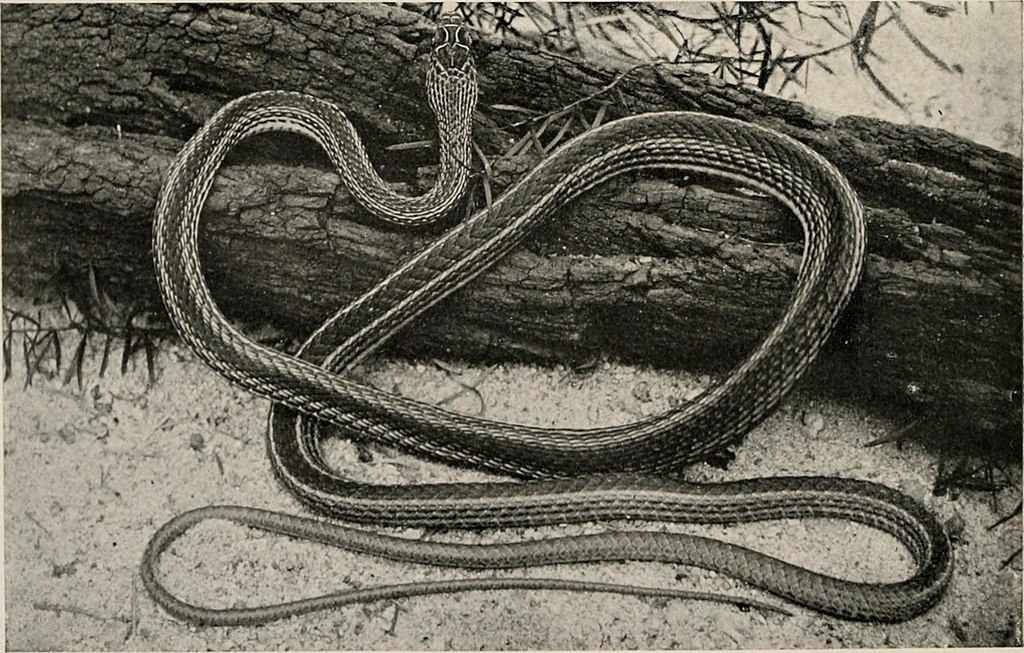
The massive influx of nutrients following a large meal fuels more than just energy needs—it provides building blocks for growth. Young snakes experience their most significant growth spurts immediately following successful feeding events. Unlike mammals that grow gradually through steady nutrient intake, snakes exhibit a punctuated growth pattern that correlates directly with their feeding schedule. Research has documented juvenile pythons increasing in length by measurable amounts within days after consuming large meals. This growth is particularly evident in the bone structure, where new tissue formation accelerates rapidly post-feeding. For growing snakes, the efficient conversion of prey biomass into body growth represents an evolutionary advantage, allowing them to outgrow potential predators and expand their own prey options more quickly. This feeding-growth relationship remains important throughout a snake’s life, though growth rates naturally slow as snakes approach adult size.
The Return to Dormancy

Perhaps one of the most remarkable aspects of snake physiology is the dramatic reversal that occurs once digestion completes. Within days or weeks of finishing a meal, the snake’s enlarged organs return to their fasting state, shrinking back to baseline size. Metabolic rate plummets, sometimes to just 10-20% of mammalian levels, allowing snakes to survive on minimal energy until the next feeding opportunity. Heart rate and respiratory rate decrease substantially, and digestive enzyme production virtually ceases. This physiological downsizing represents an important energy conservation strategy, as maintaining enlarged digestive organs would be metabolically expensive during fasting periods. Some species like ball pythons can sustain themselves for 6-12 months without food by maintaining this low-energy state, though such extended fasts are typically avoided when possible. This remarkable ability to rapidly transition between extreme physiological states represents one of the snake’s most impressive evolutionary adaptations.
The Evolutionary Significance
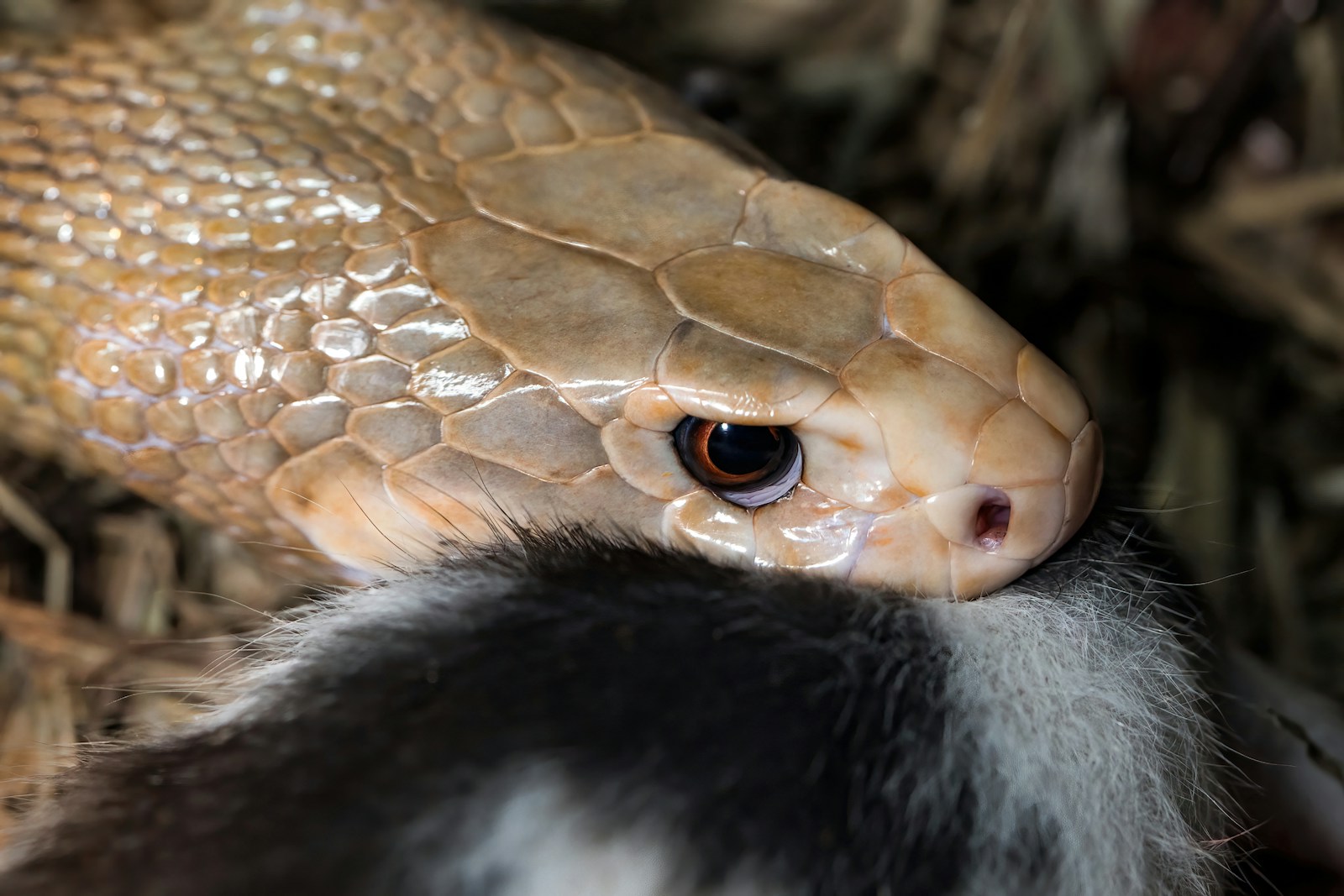
The snake’s extraordinary digestive capabilities represent a remarkable evolutionary solution to the challenges of carnivory in elongated, limbless predators. By evolving to consume infrequent but large meals, snakes avoid the energy expenditure of constant hunting while still meeting their nutritional needs. This feeding strategy has allowed snakes to occupy ecological niches unavailable to other predators and contributes to their success across diverse habitats worldwide. The extreme physiological plasticity demonstrated in their digestive system represents one of the most dramatic examples of reversible organ remodeling in the vertebrate world. For scientists, studying snake digestion continues to yield insights into fundamental questions about metabolic regulation, organ plasticity, and physiological adaptation. These remarkable adaptations have helped make snakes one of the most successful vertebrate groups, with over 3,000 species occupying nearly every terrestrial ecosystem on Earth except the polar regions.
The extraordinary digestive journey that unfolds within a snake’s body after consuming a massive meal represents one of nature’s most impressive physiological feats. From the initial jaw expansion that allows seemingly impossible prey to be swallowed whole to the dramatic organ growth, metabolic surge, and eventual return to dormancy, every aspect of this process demonstrates remarkable evolutionary refinement. These adaptations enable snakes to thrive on feeding patterns that would be impossible for most vertebrates, highlighting the diverse solutions that evolution can produce for the fundamental challenge of obtaining nutrition. By understanding these processes, we gain not only appreciation for these remarkable reptiles but also potential insights into broader questions about physiological adaptation and metabolic regulation that may have applications in human medicine and beyond.

